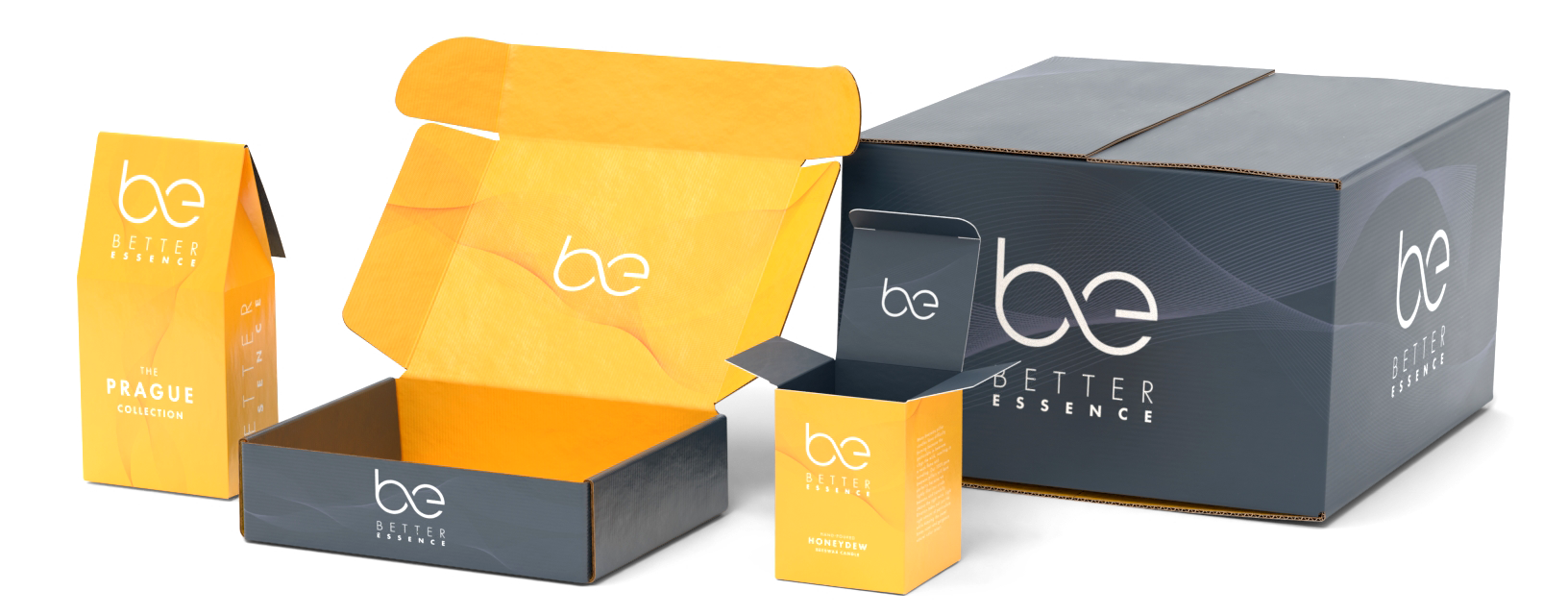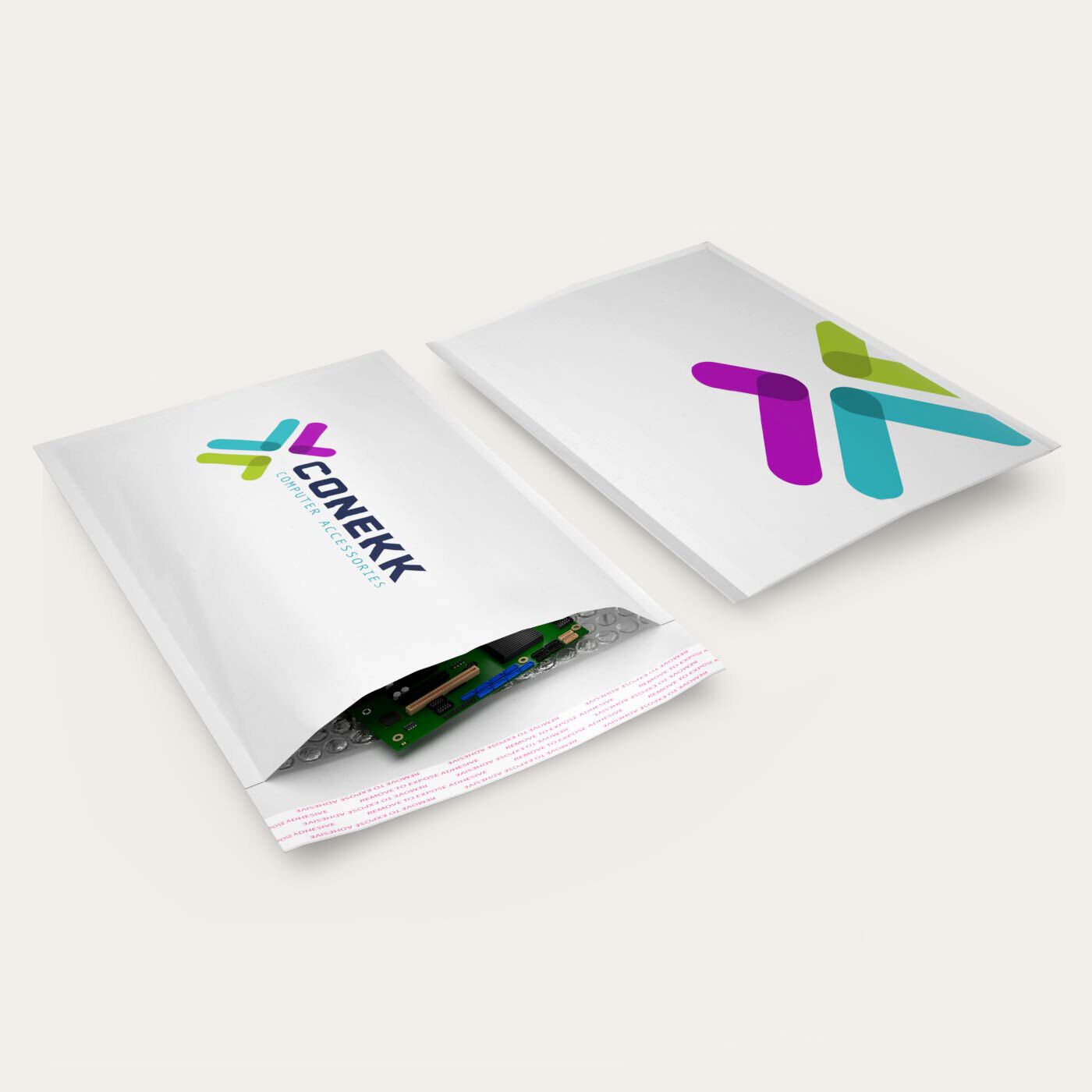How to Start Your Company’s Sustainability Journey With Eco-Friendly Packaging
With the COVID-19 pandemic changing how we live since 2020, e-commerce emerged as the game-changer across industries. People adapted to online shopping as part of their survival and then eventually accepted it into their lockdown lifestyles. According to a Shopify interview with 25 industry leaders and experts, e-commerce increased to an “all-time high of 16.4 percent of total global retail sales” that included millennials, Gen Z, and older boomers alike.

Packaging is at the forefront of online shopping. Every box that arrives at your customer’s doorstep not only introduces your brand but also determines whether they’ll make another purchase. The sustainability of your packaging material will also determine the customer’s next buy. A 2019 Retail and Sustainability Survey from CGS reveals that two-thirds of respondents will pay more for sustainable items. You’re also guaranteed a repeat sale if your materials align with their beliefs about ethical business practices like sustainability. Such practices are the second-highest reason behind consumers doing repeat business with a brand.
Major companies such as The Body Shop, Calvin Klein, and Lush have sustainable packaging as a business strategy. The Body Shop’s goal is to employ packaging made up of 75% post-consumer plastic, a material comprised of items that consumers recycle such as plastic bottles, paper, and cardboard boxes. Lush’s shampoo and conditioner bars require no packaging at all. Calvin Klein uses 74% recyclable packaging that includes instructions for proper disposal.
What is Being Eco-Friendly and Why Does It Matter
The majority of the consumers that prioritize sustainable packaging are Gen Z, as they understand the importance of reducing the waste Americans accumulate each year. But this cause isn’t limited to one generation of consumers. Business owners have the responsibility of controlling their contribution to improving or degrading the environment. The Environmental Protection Agency (EPA) reports that in 2018, containers and packaging made up the majority of municipal solid waste that amounted to 82.2 million tons. This number included packaging for food, medications, and cosmetics. The larger the landfill from all this trash, the greater its emission of greenhouse gases contributing to global warming. The EPA emphasizes shifting toward sustainable packaging that is “lightweight or efficient” not only helps businesses save money, but also reduces the waste generated. Recyclable materials are reused instead of being thrown in and adding to the toxic level of landfills.
How to Make Your Packaging Sustainable and Recyclable
The Sustainable Packaging Coalition (SPC) defines sustainable packaging as one wherein it is “sourced responsibly, designed to be effective in its life cycle, made entirely using renewable energy, and recycled efficiently as a valuable resource for subsequent generations.” The criteria may sound overwhelming at first, but your company can slowly transition to sustainable packaging with these easy steps.
Assess the life cycle or the total impact of your packaging when it’s thrown in a void fill.

Take apart your packages and study the materials used for each piece. Count the pieces used to wrap each product and estimate their contribution to a landfill. How much of the materials used are biodegradable or recyclable? What percentage can be recycled? How much will end up as non-recyclable trash?
From there, you can look for alternatives that will cost less and minimize your package’s impact on the environment. The goal is to ensure the quantity and quality of materials are “recovered and utilized in biological and/or industrial closed-loop cycles,” according to the SPC’s definition of sustainable packaging. This means reducing waste and conserving our limited natural resources. The former ensures a lower contribution to a landfill, while the latter ensures the use of bio-based renewable materials instead of depending on non-renewable resources.
Maximize package space and minimize the wrapping elements.
If you can’t afford to shift your current packaging materials, then start with smaller sizes. You save both the earth and your money by sending out smaller subscription boxes or containers. Larger shipping boxes or any delivery that consumes more space costs extra. Review the dimensions your items will take up in the package and make a small allowance for cushioning the shipping impact. See how you can reduce the package size without compromising the protection items receive from shipping impact.
 Bubble mailers are a great alternative for delivering small to medium-sized items that consume little space. This mailer is also made of eco-friendly Kraft paper that decomposes quickly. Alternatively, you can reuse the padded envelope for storing bills, files, and other important documents instead of throwing it out immediately.
Bubble mailers are a great alternative for delivering small to medium-sized items that consume little space. This mailer is also made of eco-friendly Kraft paper that decomposes quickly. Alternatively, you can reuse the padded envelope for storing bills, files, and other important documents instead of throwing it out immediately.
Use materials that have a significantly recyclable or biodegradable percentage.
 Recyclable materials are affordable and within easy reach. Corrugated cardboard is a popular material for custom boxes. This material gives a win-win for you and the environment: the added layer protects items during transit and the majority of it is made of recycled material. Your customers can also reuse the box for storage or their deliveries instead of being thrown in the trash.
Recyclable materials are affordable and within easy reach. Corrugated cardboard is a popular material for custom boxes. This material gives a win-win for you and the environment: the added layer protects items during transit and the majority of it is made of recycled material. Your customers can also reuse the box for storage or their deliveries instead of being thrown in the trash.
Restaurants that rely heavily on takeout and deliveries can pack meals inside recycle Kraft paper bags. This eco-friendly material is recyclable, so no need to worry about reusing the bag after you’ve emptied it. Consumers can throw it out without feeling guilty or worrying about the impact on the environment.
Consider compostable packaging options like bioplastics and plant-based mailers.
With more businesses shifting toward sustainable packaging, suppliers are innovating with compostable materials. Note that being compostable is very different from a biodegradable material. Compostable materials are biodegradable, but biodegradable alternatives aren’t always compostable. While biodegradability is a key characteristic of compostable materials, it also has a greater eco-friendly advantage with the following features:
- A low amount of heavy metals in its chemical composition.
- Disintegrates into tiny pieces, with a minimum of 90% able to go through 2x2 mm of mesh.
- Final compost has no negative effects on the environment.
Plant-based packaging is becoming a popular, compostable alternative. Ikea has been using mushroom packaging to replace polystyrene found in Styrofoam. The company’s statement about the shift emphasized how Styrofoam not only causes “pollution during its production” but also harms the organisms that end up ingesting it. Mushroom packaging, on the other hand, produces 90% fewer carbon emissions than plastic. It also decomposes into the environment in 30 to 90 days. Organisms that end up ingesting the package won’t be harmed.
An eco-friendly approach is beneficial to your packaging and many other aspects of your business. How you begin and sustain the practice will depend on what your company needs and how it can maximize its current resources. Start small and build from the first steps, beginning with the packages that are sent daily to your customers.

Enlarge Image in a New tab
Helpful Resources About Sustainability and Eco-Friendliness
Check out the resources below to learn more about sustainable packaging, the impact of non-recyclables and plastic on the environment, and eco-friendly business practices:
- The FTC’s Green Guides on Environmentally Friendly Products
- Understanding the Role of Compostable Packaging in North America
- Sustainable Packaging Coalition’s Design for Recycled Content Guide
- NPR’s Guide on Plastics
- The Bag That is Part of a Sustainable Future
- National Geographic: Sustainable Shopping – Which Bag is Best?
- Recycling Without Fiber Degradation
- Sustainable Marketplace: Greener Products and Services
- Comprehensive Procurement Guidelines for Paper and Paper Products
- The Complete Definition of Sustainable Packaging
- How Sustainable are Biodegradable and Plant-based Plastics?
- McKinsey & Company: The drive toward sustainability in packaging—beyond the quick wins
- The Importance of Environmental Awareness When Running a Business
- Green Ideas for Making Your Business Environmentally Sustainable
- The Truth About Bioplastics
